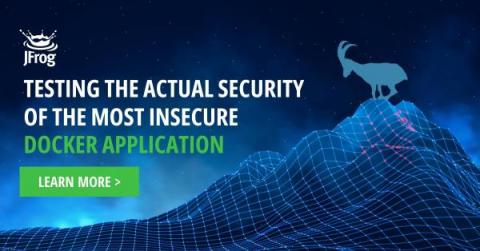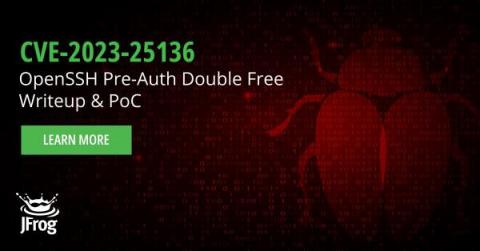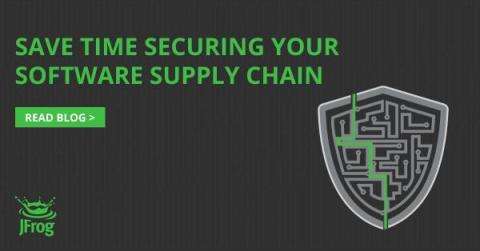Testing the actual security of the most insecure Docker application
Our previous research on CVE exploitability in the top DockerHub images discovered that 78% of the reported CVEs were actually not exploitable. This time, the JFrog Security Research team used JFrog Xray’s Contextual Analysis feature, automatically analyzing the applicability of reported CVEs, to scan OWASP WebGoat – a deliberately insecure application. The results identified that out of 60 CVEs reported with a Critical CVSS score, only 10 are actually applicable.






